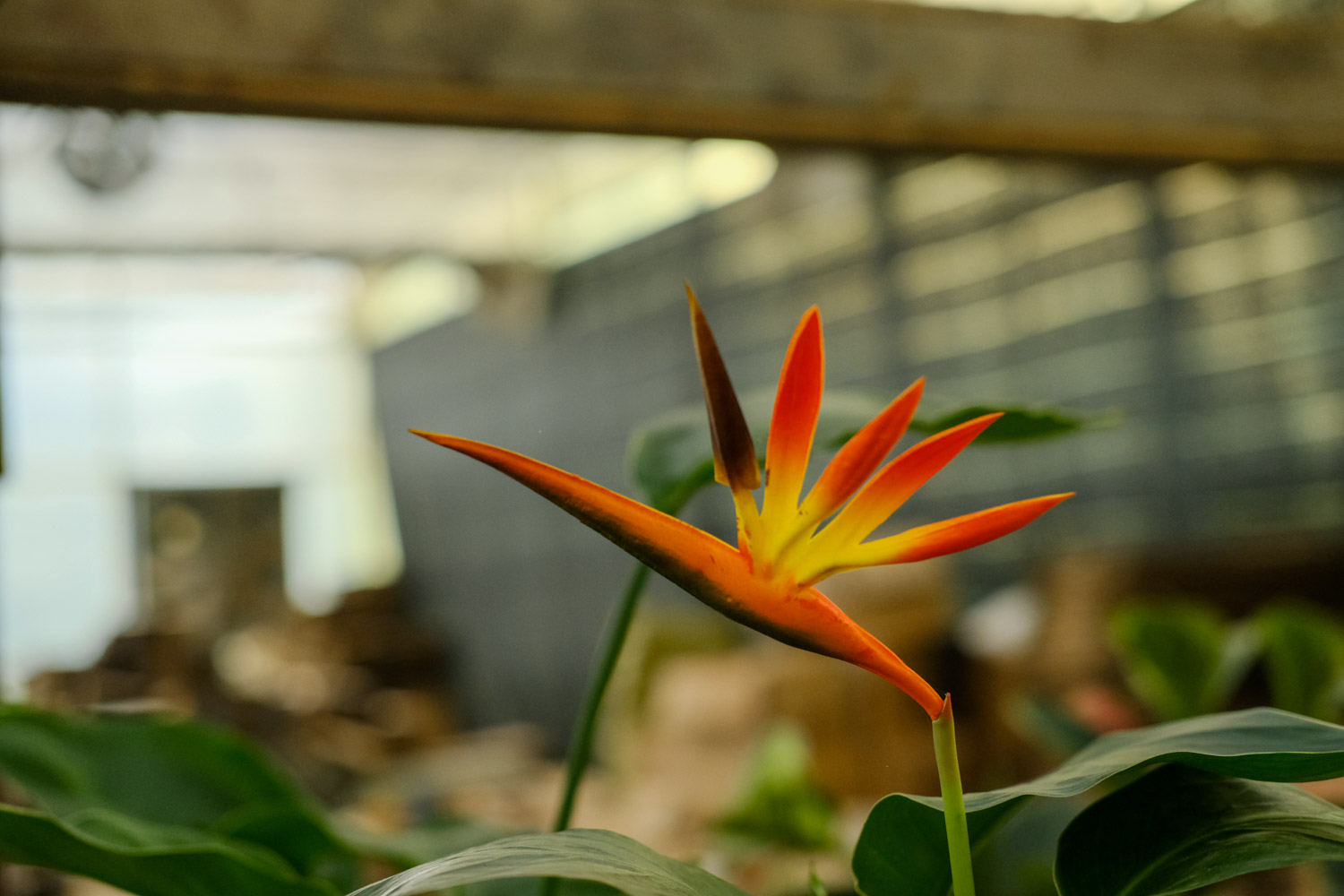Ramet
Ramet propagation is usually carried out from April to June. When more than 5 tillers are selected, there are no diseases and insect pests in the growth of adult plants. The mother plant retention method or no mother plant retention method can be used
Plant separately in slightly acidic sandy loam with good ventilation and nutrition, or in special cultivation medium. At the same time, pay attention not to plant too deep. The fleshy roots must not be exposed to the ground. After planting, it should be watered immediately, and then protected with a shading net for a few days. After the seedlings begin to sprout new leaves, they can be transferred to normal management

Sow
The seeds of crane hope orchid are hard and black like peas, and the seed tips have orange red villi. It needs to be immersed in water for 4-5 days, and the water temperature is 15 ℃. After fully absorbing water, it should be sown in a tile pot or hard plastic plate, and the substrate temperature should be 18-22 ℃. The container is covered with glass to avoid rat damage. Spray water for heat preservation, and seedlings can emerge in about 20 days. Shade them
When the seedlings grow to 5-7 cm, they can be transplanted into the mud basin. Mix 4 parts of garden soil, 3 parts of orchid mud, 2 parts of sandy soil and 1 part of mountain mud. Be sure to water the seedlings. After July, apply light soybean cake or 1% nutrient solution every half a month to help them grow. In addition, potassium dihydrogen phosphate compound fertilizer 1:250 solution can also be applied. Water control began in September to avoid excessive humidity. Avoid direct sunlight and excessive drought during growth. In that year, it can produce 4-5 leaves, with a height of about 20 cm. Turn the pot and add soil every year. When 12-14 leaves grow, it changes from seedling stage to flowering stage< span>

 how many times do yo...
how many times do yo... how many planted tre...
how many planted tre... how many pine trees ...
how many pine trees ... how many pecan trees...
how many pecan trees... how many plants comp...
how many plants comp... how many plants can ...
how many plants can ... how many plants and ...
how many plants and ... how many pepper plan...
how many pepper plan...

























